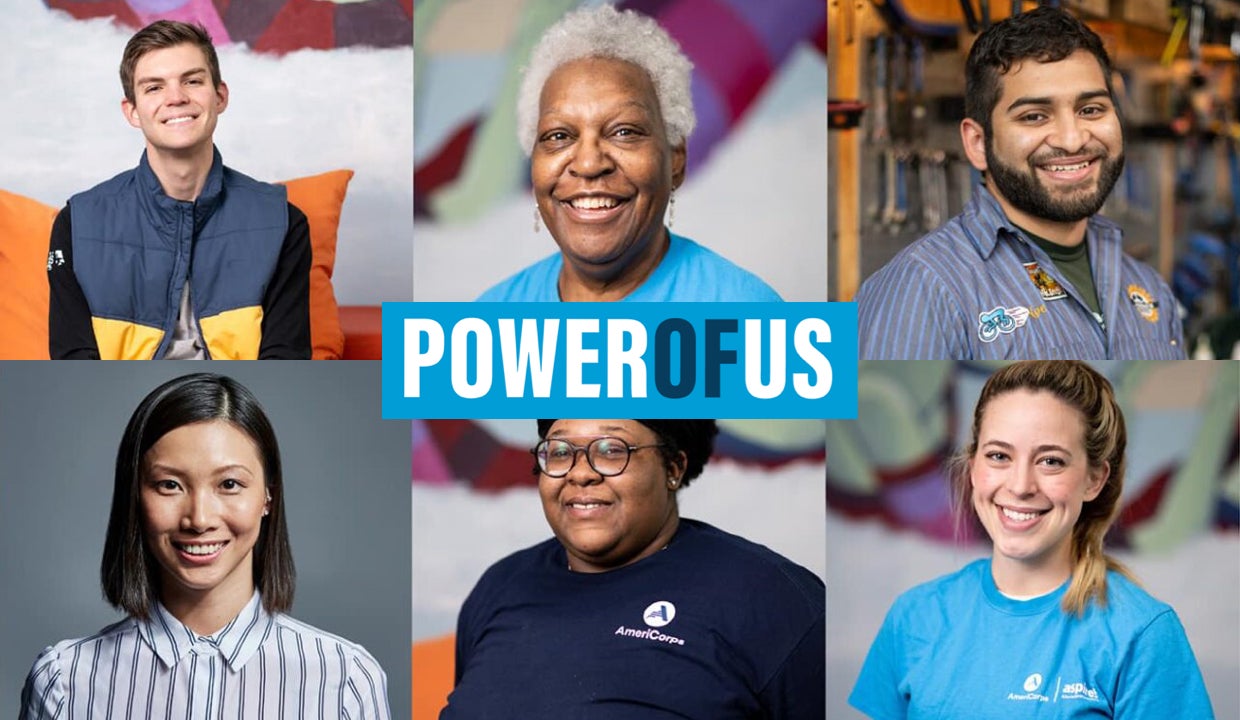Millions of professionals and volunteers work with young people every day in the many settings where they play, learn and grow outside of the school day. To learn more about these youth-serving professionals, the American Institutes for Research (AIR) is conducting a study, with support from Wallace. The study includes a national survey called the Power of Us Workforce Survey, in which the results are intended to ultimately better support the youth workforce and inform policy, practice and further research.
In this Q&A, Deborah Moroney, a vice president at AIR, and Ann Stone, senior research officer at Wallace, reflect on this work. This post originally appeared on the Workforce Matters website and is reprinted with their permission.
The Wallace Foundation: What is the Youth Fields Workforce Study?
Deborah: The U.S. Department of Education has challenged educators to engage every student. But who are the adults who are allies to, support and foster learning and development outside of the school day? While we know that those who work in youth fields play an important role, we lack the broader knowledge, context and holistic understanding of these individuals’ experiences and career pathways. The Youth Fields Workforce Study is a nationwide effort to fill that knowledge gap and gain critical insights into the people who make up these fields, where they work, what they do and what supports they need to continue engaging in transformative work with young people.
WF: Why did the Wallace Foundation decide to invest in the Youth Fields Workforce Study?
Ann: Over the years, we’ve heard anecdotal evidence that staffing has been a consistent challenge for out-of-school time programs. The COVID-19 pandemic, and the associated labor shortage it caused, only made things worse. For example, a survey by the Afterschool Alliance found that the top two concerns among afterschool providers were finding staff to hire or staffing shortages and maintaining staff levels through health concerns and safety protocols.
Given this, we felt it was important to learn more from the field itself about the state of the workforce.
The challenge is not a trivial one. Skilled staff are crucial to fostering the many benefits that afterschool and summer programs can provide young people—including new skills, exposure to new experiences, academic gains, awareness of career options, and life skills like persistence. These benefits vary, based on how programs are designed. But no matter what kind of program, we know that staff are central to creating positive relationships with young people, setting the climate, and sharing special expertise. Hardworking, well-trained staff play a key role in quality, and quality plays a key role in outcomes, so it’s important that this vital workforce is better understood—and supported.
WF: What do you hope to learn from the results of the Youth Fields Workforce Study?
Ann: The study is unusual in how thoroughly it seeks to incorporate views from those actually in the workforce. It will offer a window into who makes up the workforce, their career pathways, how they see their expertise and training needs, thoughts on job mobility, and retention. In capturing the lived experience of the staff who are forming relationships with youth, teaching skills and setting the climate, this study by AIR will not only help the field understand the challenge—but also suggest solutions. For example, understanding what motivates staff to stay in this field could be used to help attract new staff. This information should be especially useful since the pandemic, along with the influx of federal funding, have elevated the importance of afterschool and summer programming.
Deborah: There are real and practical uses for the survey findings, which is timely because we know that this field is not immune to shifts in the labor market. Our partners tell us they will use the survey data to make the case to expand access to programs for youth, prioritize professional development supports, and develop career pathways for adults. But we need the information first, and we need your help! If you are part of the youth fields workforce, share your story by taking the survey. If you support the youth fields workforce, help us spread the word by sharing the survey with your networks. The more people who complete the survey, the more we will know about the adults in the youth fields workforce, and the more we can all do to support them as they support all youth to thrive.



